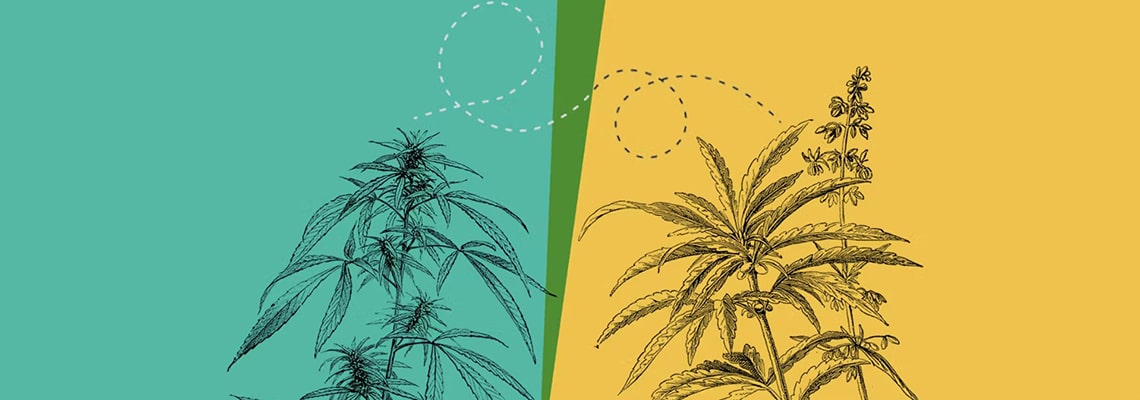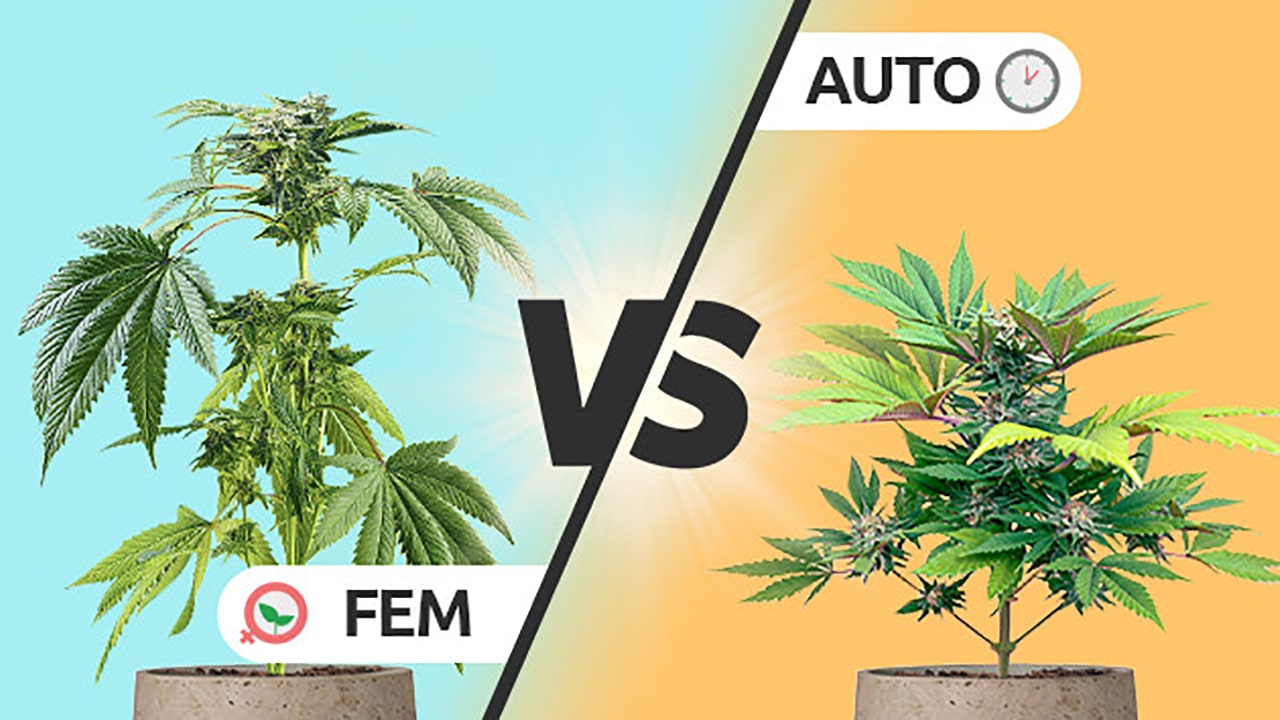There seems to be nothing in your cart.
Didn't find what you were looking for? Contact our consultant.
To save your shopping cart until your next visit, create an account or register .
Browse our Hits sales
There seems to be nothing in your cart.
Didn't find what you were looking for? Contact our consultant.
To save your shopping cart until your next visit, create an account or register .
Browse our Hits sales

Content
Cannabis pollination is a natural process that occurs during the flowering period of the plant and leads to the production of seeds. Cannabis is a dicotyledonous plant, which means that male inflorescences and female flowers develop on separate plants. This process has a key impact on the reproductive chain and the future harvest.
Male cannabis plants play a major role in the pollination process. Unlike female plants, which produce flowers, male plants develop inflorescences containing pollen sacs. When these sacs mature, they open up and release millions of microscopic pollen grains that are easily carried by the wind over long distances.
Female cannabis plants, such as indica and sativa, are distinguished by the fact that they are the ones that produce flowers rich in cannabinoids, which are so prized for medicinal and recreational purposes. In the wild, female plants are equipped with structures called pistils, which act as pollen traps. If the pistils capture pollen grains, the fertilization process begins.
Once pollen lands on the pistils of the female plant, it germinates, forming a pollen tube that penetrates the ovary. Inside the ovary, the pollen tube transports the male gametes to the egg, where the gametes fuse to form a zygote. This process completes fertilization and initiates seed formation.
It is worth noting that pollination leads to a change in the physiology of the female plant. Instead of continuing the intensive production of resin and cannabinoids, the plant begins to invest its resources in the development of seeds, which can reduce the concentration of active substances in the flowers.
In nature, the pollination process of cannabis occurs solely through wind, which carries pollen from male plants to female plants. However, in controlled growing conditions, growers often avoid this natural process to prevent seed formation and focus on producing high-quality, resinous flowers.
To control or prevent pollination, growers use several approaches:

Autoflowering and feminized cannabis strains are the result of modern breeding achievements that have radically changed the approach to growing these plants. These strains have their own characteristics in the pollination process, which makes them attractive to growers.
Autoflowering cannabis strains, such as sativa-indica hybrids, have gained popularity due to their ability to automatically enter the flowering phase regardless of the amount of daylight. This makes autoflowering strains especially suitable for growing in tight spaces or when resources are limited.
The pollination process for autoflowering strains is the same as for regular photoperiod strains. Male plants, if present, release pollen that is distributed to female plants. However, due to the short life cycle of autoflowering strains, the chances of accidental pollination may be higher, especially in outdoor conditions where the proximity of other cannabis plants can lead to cross-pollination.
To avoid unwanted pollination, especially when growing autoflowering strains, growers often choose feminized autoflowering seeds. These seeds are almost guaranteed to produce only female plants, allowing you to focus on producing resinous flowers rather than seeds.
Feminized cannabis seeds have entered the market as a result of long research and experimentation aimed at producing exclusively female plants. This was achieved by using special techniques, such as spraying female plants with colloidal silver or another substance that inhibits the production of ethylene, which is necessary for the development of female flowers, and stimulates the formation of pollen sacs.
These "pseudo-male" plants produce pollen containing only female chromosomes, which allows for the production of feminized seeds. Pollination therefore occurs only between female plants, eliminating the emergence of males and the risk of accidental pollination.
Feminized strains, whether indica, sativa or hybrid, give growers the opportunity to plan and control the growing process with great precision. Without the need to separate male plants, they can focus on improving flowering conditions and maximizing the yield of resinous flowers.
Although feminized and autoflowering seeds minimize the risk of pollination, growers should still be careful. Pollination can still occur if there are regular male plants or plants that suddenly exhibit hermaphrodite traits (the presence of both male and female flowers on the same plant). Therefore, it is important to monitor the plants closely throughout their growth period and promptly remove suspicious plants.

Pollination of female cannabis plants can have a significant impact on the quality of the final product. Depending on the growing goals, pollination can be either a desirable or highly undesirable process.
Female cannabis plants, especially sativa and indica varieties, focus on producing resin during the flowering process, which is rich in cannabinoids like THC, CBD, and other active compounds. These cannabinoids accumulate in trichomes, the tiny resin glands that coat the flowers and leaves of the plant.
When a female plant is pollinated, it begins to redirect its resources toward seed formation. This switch results in a decrease in resin production and, as a result, a decrease in the concentration of cannabinoids in the flowers. The plant begins to focus on the development and nutrition of the seeds, which reduces its ability to produce quality flowers.
For cannabis growers who are looking to produce high-quality, resinous, seedless flowers, pollination is a highly undesirable process. Such flowers, known as “sensimilla” (seedless), are considered more valuable due to their higher cannabinoid content and richer aroma and flavor.
Pollination also affects the structure and density of cannabis flowers. In natural conditions, when the plant begins to form seeds, the flowers become less dense and voluminous. This is because the flowers begin to expand to provide space for the developing seeds.
As a result, pollinated flowers often appear less attractive, have less density, and may be less convenient to handle and use. They may also contain more plant material and less active compounds, which reduces their overall quality.
For growers who are looking for dense, heavy, resinous flowers, pollination is undesirable because it disrupts the structure of the flower and reduces its value.
To avoid unwanted pollination and maintain high quality of the harvest, growers use several strategies:
These methods avoid pollination and ensure that the harvest consists exclusively of resinous, cannabinoid flowers, which is especially important for experienced growers who value high quality.

WARNING! Errors Seeds does not encourage or encourage you to grow cannabis. Cultivation is prohibited by the legislation of Ukraine. The article is only of scientific and educational interest.